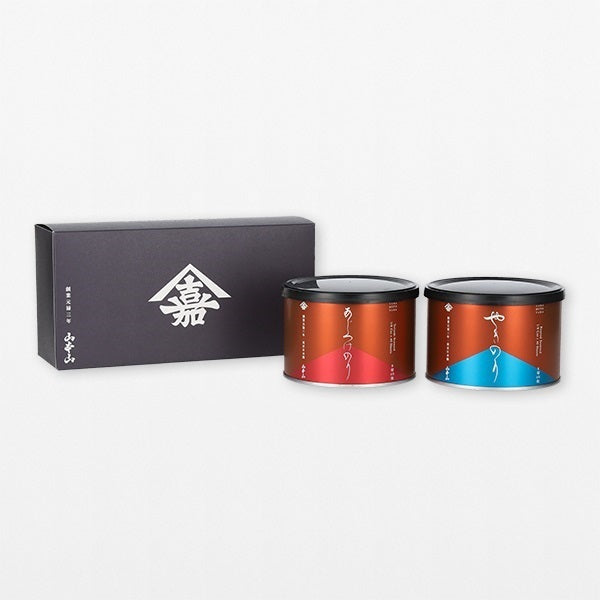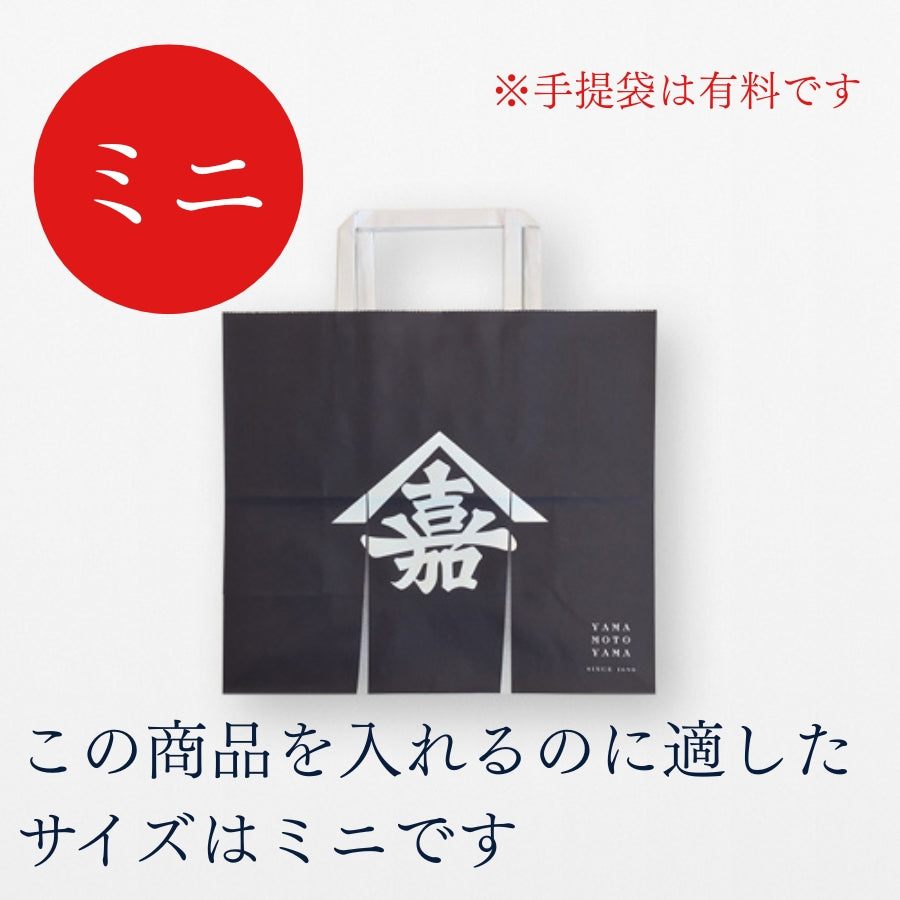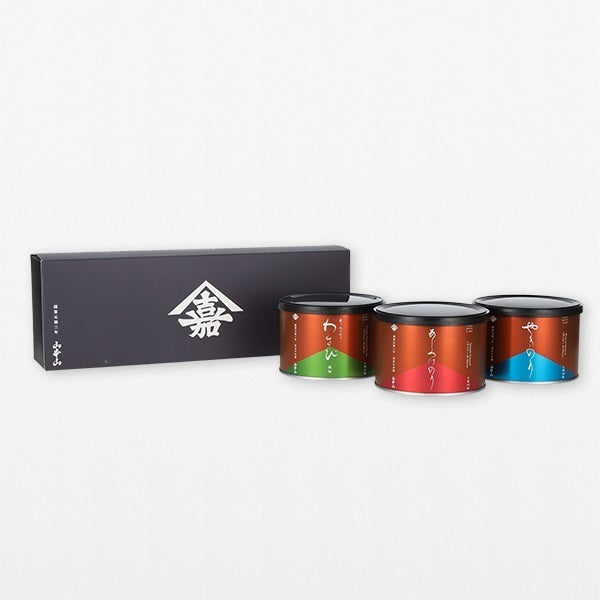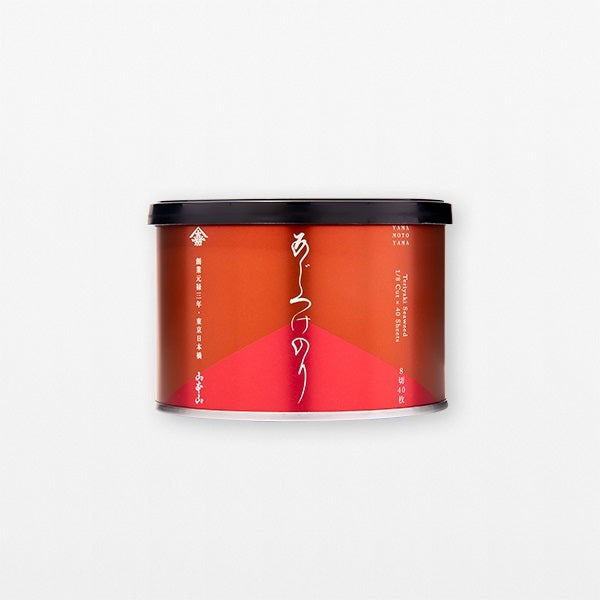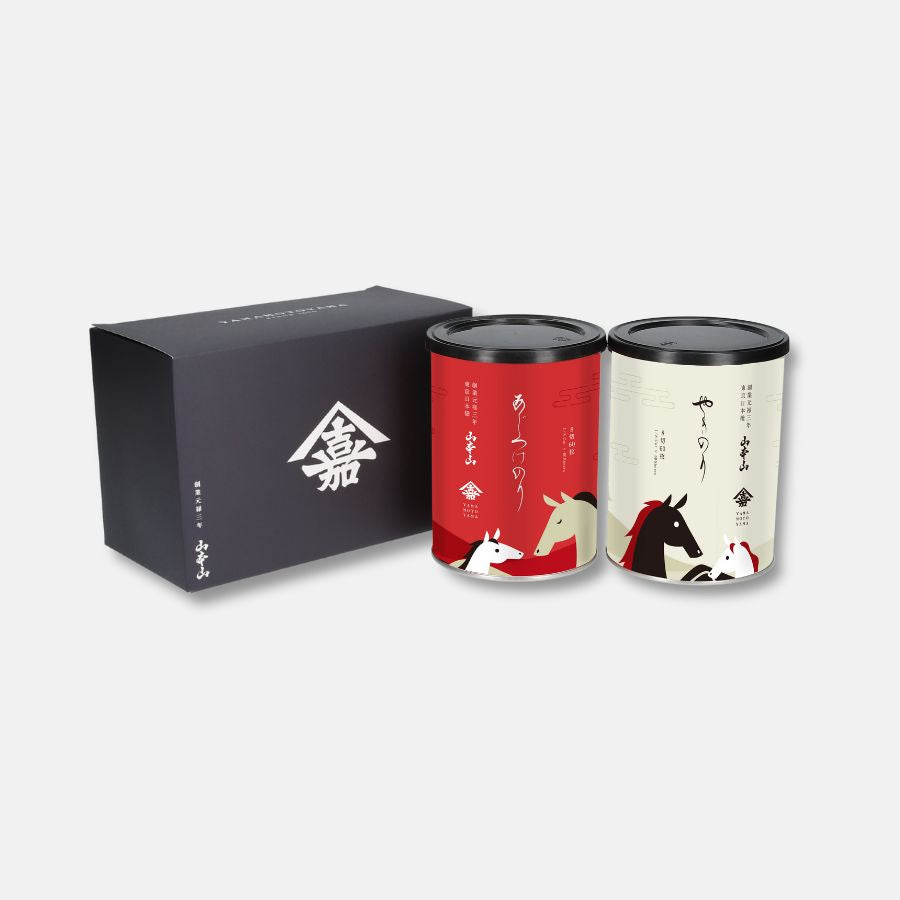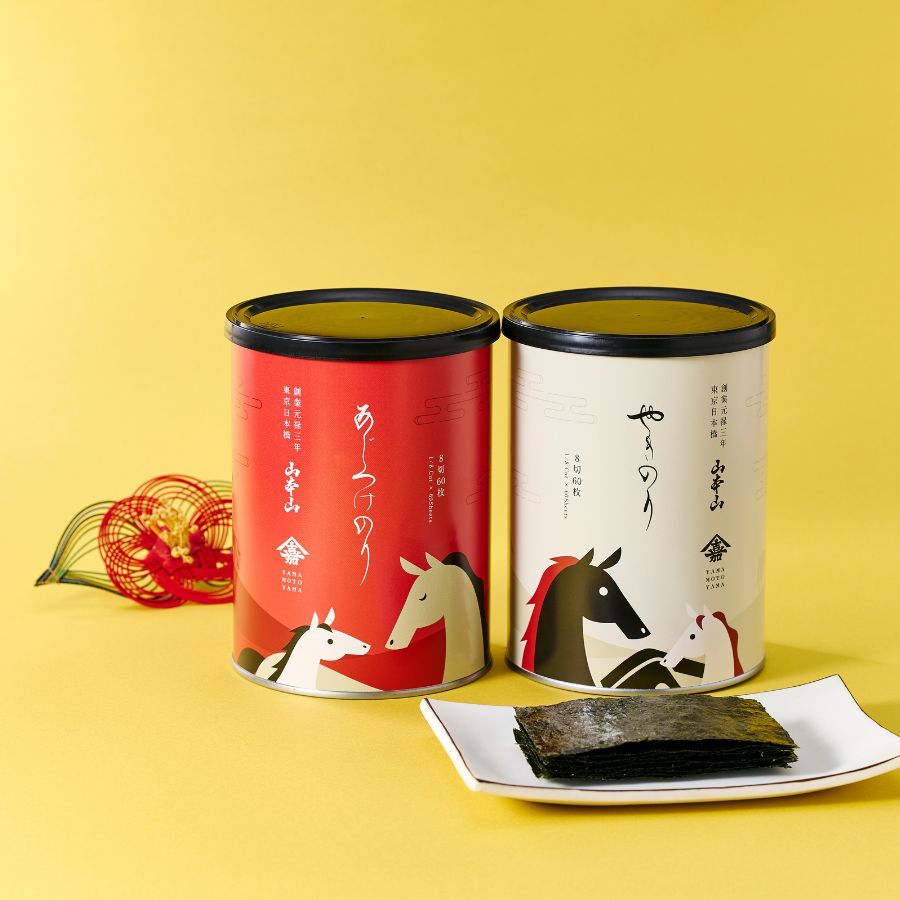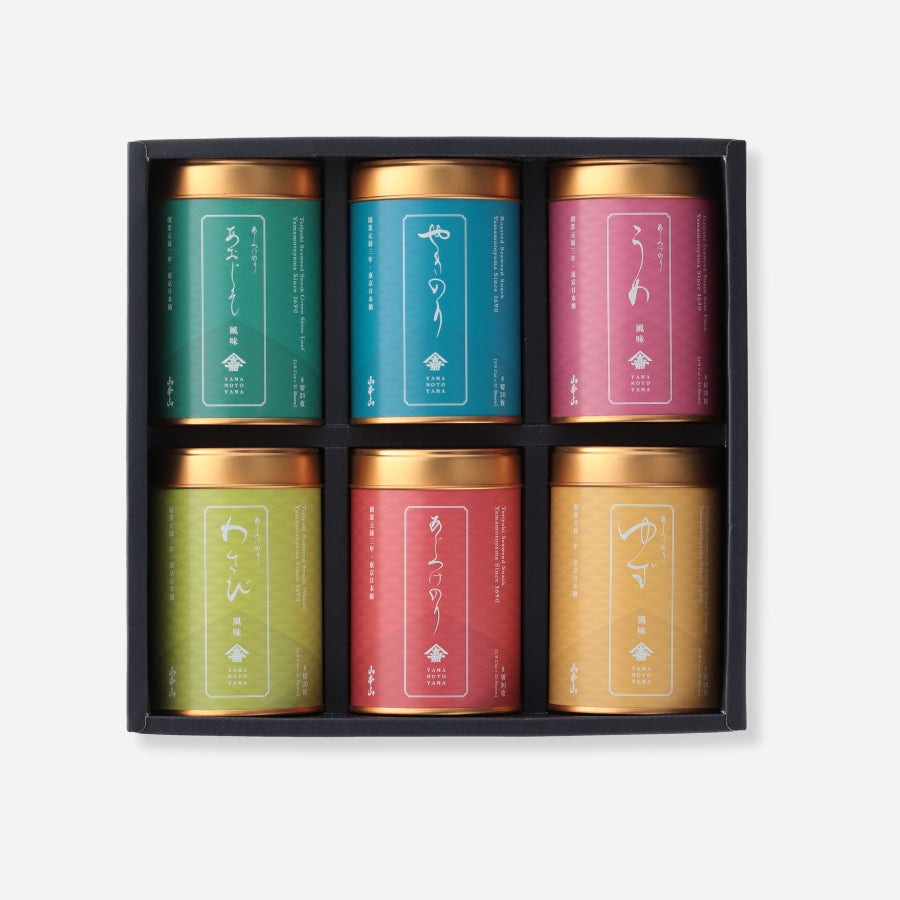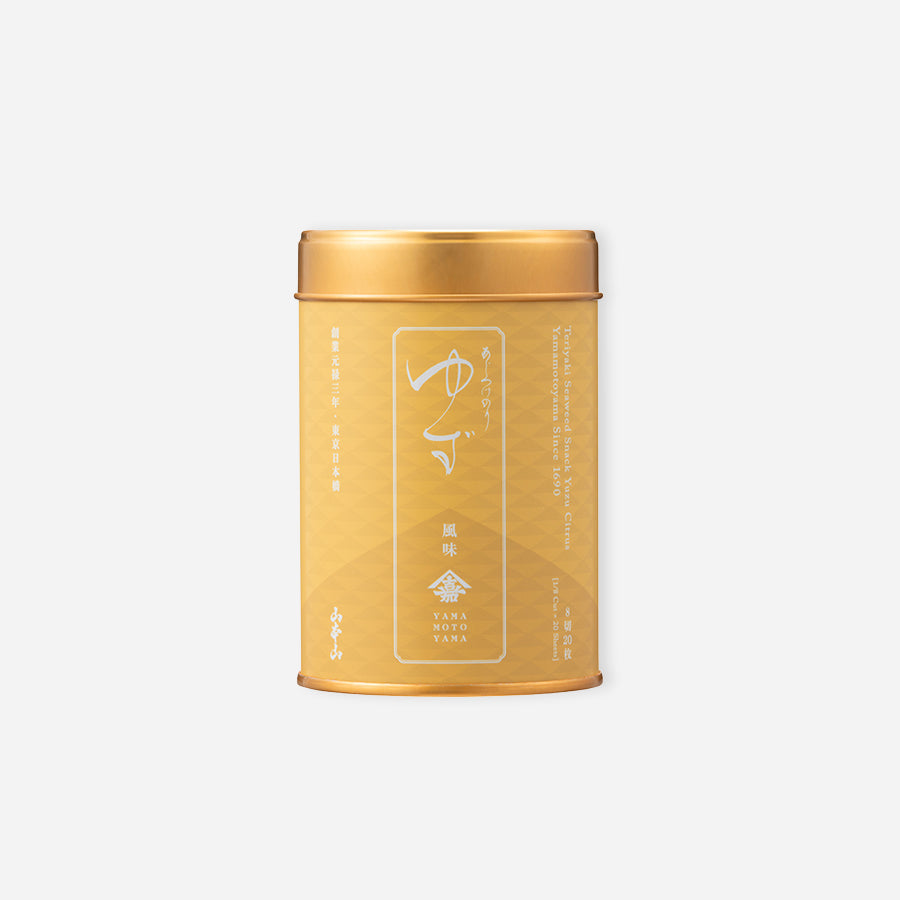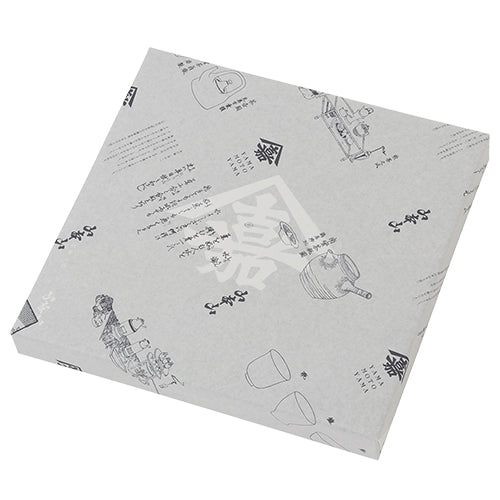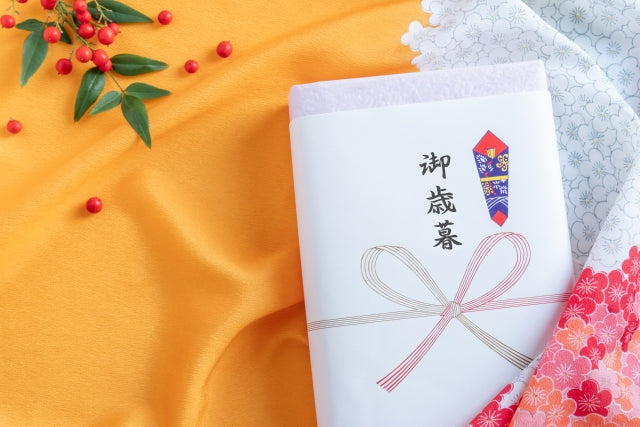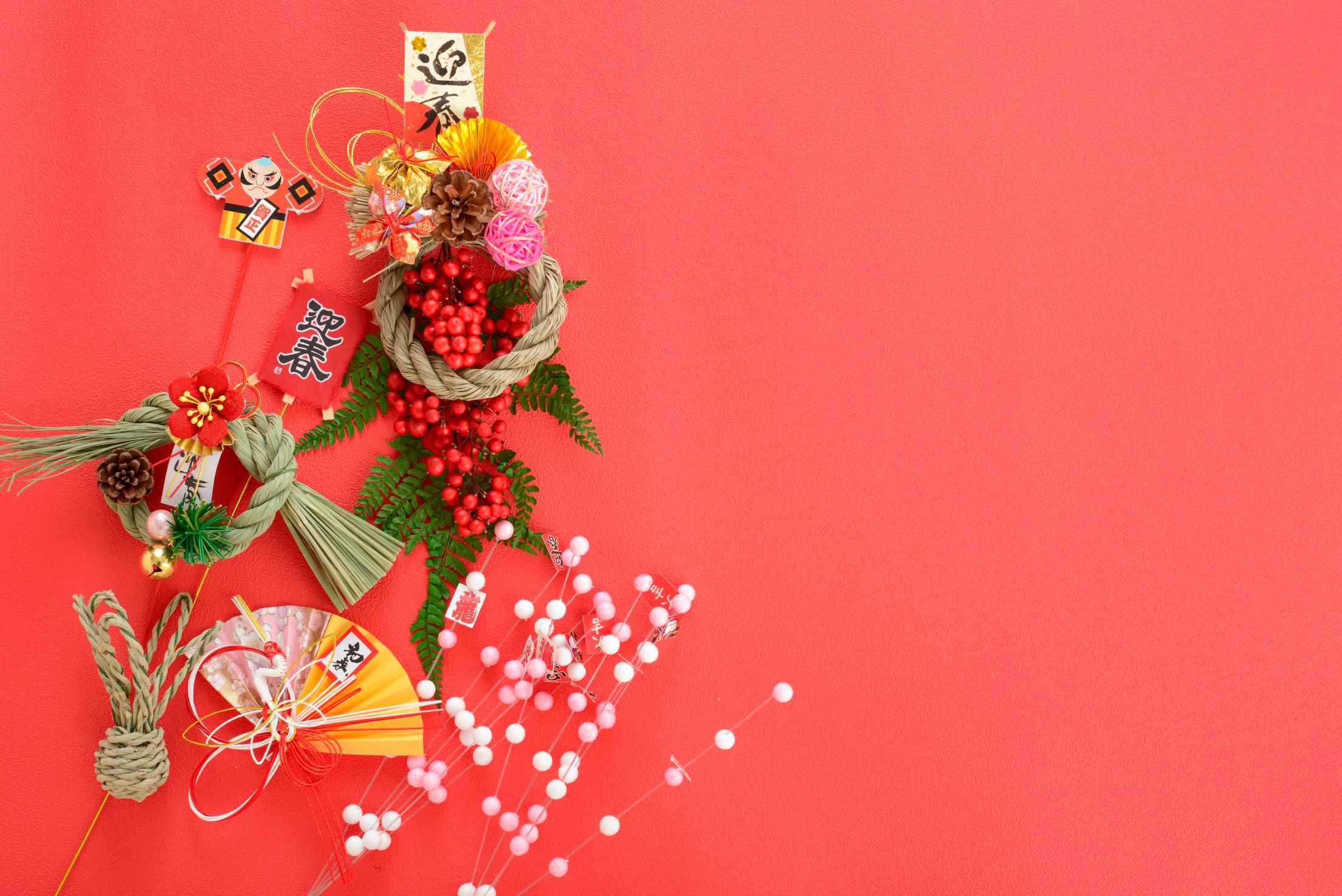
The origins of New Year's gifts and otoshidama and modern etiquette
- Introduction
- The roots of New Year's greetings
- The origins of Otoshidama
- Bring New Year's gifts as New Year's greetings
- New Year's gifts are basically simple things.
- I give New Year's greetings and excuse myself at the front door.
- No need to give a New Year's gift in return. Treat yourself to New Year's food.
- Otoshidama is a New Year's gift for young people
- Giving New Year's gifts to people of higher rank is actually taboo!
Introduction
New Year's brings with it many opportunities to greet neighbors and relatives, as well as to give and receive gifts.
"Otoshigaya" and "otoshidama" are customs unique to the New Year, but do you know their origins and the etiquette to follow?
Here we will introduce these customs in detail.

The roots of New Year's greetings
The origins of New Year's greetings are deeply connected to the ancient Japanese custom of worshiping the New Year deity, Toshigamisama.
Toshigami-sama is said to be the god in charge of fertility for the year, and people welcome him into their homes and pray for a safe New Year.
On these occasions, it was common to bring offerings to the New Year deity, but this gradually changed into people bringing gifts to the people, and it is thought that this evolved into the modern-day New Year's greetings.

The origins of Otoshidama
The roots of New Year's gifts are also deeply connected to the New Year God.
It started as a custom for the head of the household to distribute rice cakes prepared as offerings to the New Year deity to each member of the family, who would then eat them together. This gradually evolved into giving gifts to children.
It is said that the god resides in the rice cakes offered to the New Year deity, and this is also the origin of the word "Otoshidama." 
Bring New Year's gifts as New Year's greetings
When the new year begins, it is common to visit those who have helped you on a daily basis to pay your respects. On this occasion, the gift you bring is called "O-noshi-ga".
New Year's greetings are generally made during the Matsunouchi period (until around January 7th). Many people spend New Year's Day relaxing with their families, so it is recommended to visit after the second day.
In the past, it was considered good manners to suddenly show up without contacting someone in advance, but nowadays, this is likely to be seen as rude. It is now common to contact someone in advance and arrange a date and time for your visit.
When visiting, consider the other person's schedule and avoid visiting early in the morning or during meal times.

New Year's gifts are basically simple things.
When visiting to pay New Year's greetings, it is customary to give New Year's gifts to express gratitude to those who have helped you in your daily life.
If you have received a year-end gift, a simple New Year's gift will suffice.
The average price is around 1,000 yen, and long-lasting items such as sweets, alcohol, and towels are popular.
If you have not received a year-end gift, it is a good idea to choose a slightly more expensive item.
When wrapping New Year's gifts, use a red and white bow-tied noshi (traditional Japanese noshi) and write "New Year's greetings" or "New Year's beginning" on it.
Since it is a gift that is given directly to the recipient, it is common to use an outer noshi (wrapping paper on the outside). Tanzaku noshi (paper strips of paper) are also commonly used.

I give New Year's greetings and excuse myself at the front door.
In recent years, New Year's greetings have become more simplified, moving away from the traditional style of visiting many homes.
For this reason, it has become common to simply exchange greetings at the front door and then hand over the New Year's gift.
On this occasion, it would be more polite to add words such as "Thank you for your support last year. I look forward to working with you again this year" and say, "This is a token of my New Year's greetings."
Even if someone invites you into their home, it is good manners to politely decline by saying that you have other plans.
However, if you absolutely cannot refuse and end up going inside the house, be sure to hand over the New Year's gift again on the spot.

No need to give a New Year's gift in return. Treat yourself to New Year's food.
There is no need to give a gift in return when you receive a New Year's gift.
A greeting at the entrance is sufficient, but if you are inviting guests, you should treat them to traditional Japanese New Year's celebrations with toso sake and osechi cuisine.

Otoshidama is a New Year's gift for young people
As everyone knows, there is a custom of giving children New Year's money in the New Year. New banknotes are given in cute envelopes, but there are a few things to keep in mind when doing this.
First, when folding the banknote, be sure to fold it so that the portrait is on the inside so that it will be facing out when you open it.
The amount of a New Year's gift is generally considered to be about one month's allowance for a child, but this is only a general guideline.
The amount will vary depending on the family's financial situation and the customs of the family. It is a good idea to decide according to your family rules, such as adjusting the amount according to age or discussing it among family members.

There are no specific rules regarding the age or person to whom you can give New Year's gifts.
Generally, it is given to minor children, but this varies depending on the family's beliefs and local customs.
When giving a New Year's gift, even if the recipient is a child, you should use polite language just as you would with an adult. It is important to wrap the gift in both hands and hand it to the recipient facing forward.

It is rude to give New Year's gifts to people who are older than you.
Since ancient times, otoshidama have been given as a gift to those younger than you. Therefore, it is not common to give otoshidama to those who are older than you.
If you would like to give a gift to someone older than you, such as your parents or grandparents, along with your New Year's greetings, it is appropriate to write "New Year's greetings" or "New Year's greetings" on the envelope and give it to them.

Also, when giving a gift to the child of a boss or someone superior, it is correct to not directly call it "otoshidama," but to use words that represent the item, such as "book fee," "stationery fee," or "toy fee."
This is to show respect to those older than you, and the underlying idea is that otoshidama are only given to younger people.
As you can see, there are no strict rules regarding otoshidama, but it is important to consider your relationship with the recipient, their age, etc., and use appropriate language and giving method.



